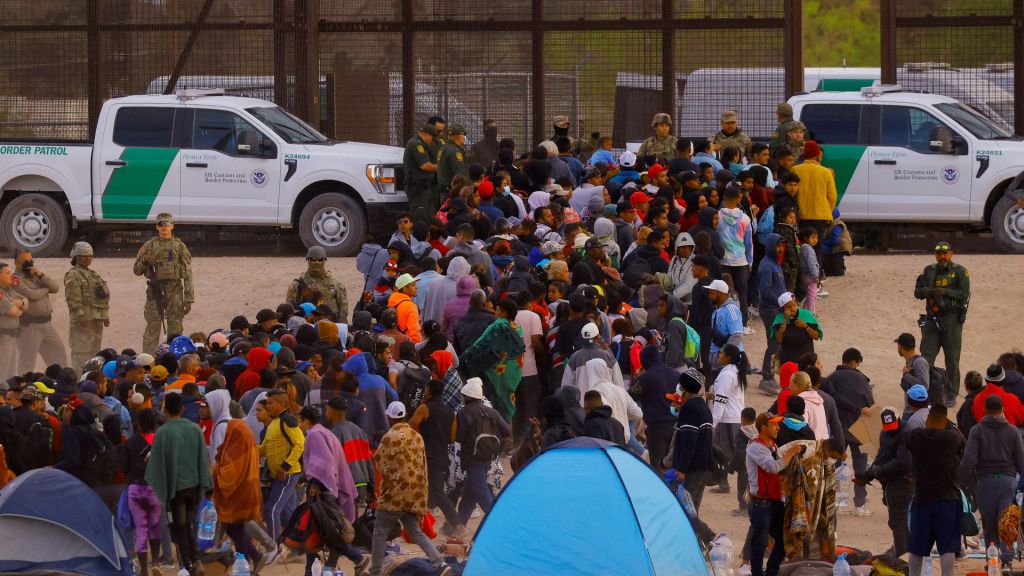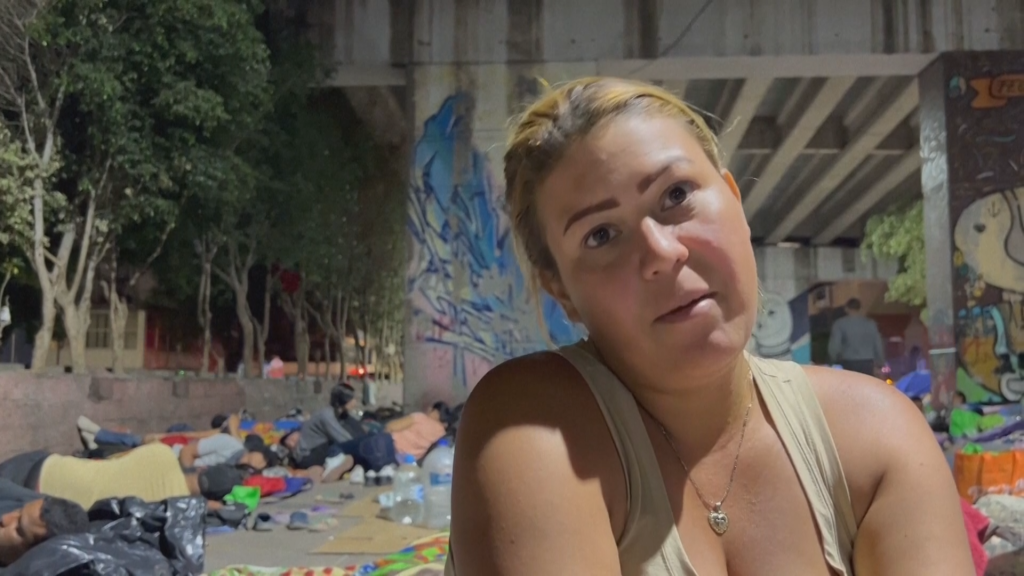Since 2015, more than 7 million Venezuelan migrants have left their homes, with tens of thousands of them ending up in the U.S. Despite efforts to return Venezuelan nationals to their country of origin, the outflow of refugees and migrants from the country persists globally.

On Wednesday, Oct. 11, Panama and Costa Rica announced plans to rapidly transport thousands of migrants through Panama to the Costa Rican border, as the countries grapple with a steady increase in the number of migrants.
Earlier in October, U.S. officials announced they would resume the deportation of Venezuelan migrants just two months after the Biden administration increased protected status for Venezuelans who arrived in the U.S.
Ugochi Daniels, the deputy director of operations for the International Organization for Migration, emphasized that addressing the continuous influx of vulnerable people toward the United States requires a more comprehensive and coordinated effort for a long-term solution.
“Obviously, it’s not an issue that can be solved by any one country.” Daniels said. “It requires regional dialogue, and all of the countries along what we call the route to the U.S. need to sit around the table and have a discussion about how they’re going to manage migration.”
As the number of Venezuelan immigrants in the U.S. continues to grow, now exceeding 500,000, the conditions within Venezuela show little signs of improving.

According to the Venezuelan Finance Observatory, economic activity in the country decreased by 7% in the first half of 2023 compared to the previous year, while inflation reached 398%.
Economic and societal hardships are some of the forces driving many to leave.
Mayela Villegas, her partner and their six children spent days sleeping on the concrete surrounded by masses of other migrants, hoping to take a train north to the U.S.

“My goal is to be able to get to the United States and enter legally with my family,” Mayela said. “To have the opportunity to work. For my children to also have the opportunity to study, learn other languages, and explore new horizons.”
Recently, they spent three years in neighboring Colombia. Her family set up a barbershop, but xenophobia and low pay made life difficult. Threatened by a gang, she and her partner chose to go to the U.S., believing the risks were worth it for their children’s future.
Despite the risks we take, I would say we have no alternatives until we reach our destination.
Yorver Liendo, Venezuelan migrant
For years, neighboring countries have received the majority of Venezuelan migrants, such as Colombia, Peru and Ecuador. These nations have called for increased support. At the U.S. border, authorities are encountering more Venezuelan migrants than ever before.
Juan Pappier, deputy director of the Americas for Human Rights Watch, noted that even the international community’s response to the influx of Venezuelans into Colombia has been grossly inadequate.
“What we need is a bolder and coordinated response to distribute the economic burden and redistribute the location of these people, ensuring a fair distribution that takes into account their needs and the capacities of different states to respond to this migration flow,” Pappier said.

At a press conference, Mexico Foreign Affairs Secretary Alicia Bárcena said that nearly 10,000 migrant encounters were registered at the U.S.-Mexico border in just one day, emphasizing that human migration is at historic numbers. She mentioned that Mexico is willing to cooperate with South American countries in finding solutions to poverty, violence and development.
Meanwhile, in 2022, U.S. border authorities encountered Venezuelan migrants 190,000 times, more than any other year on record.








